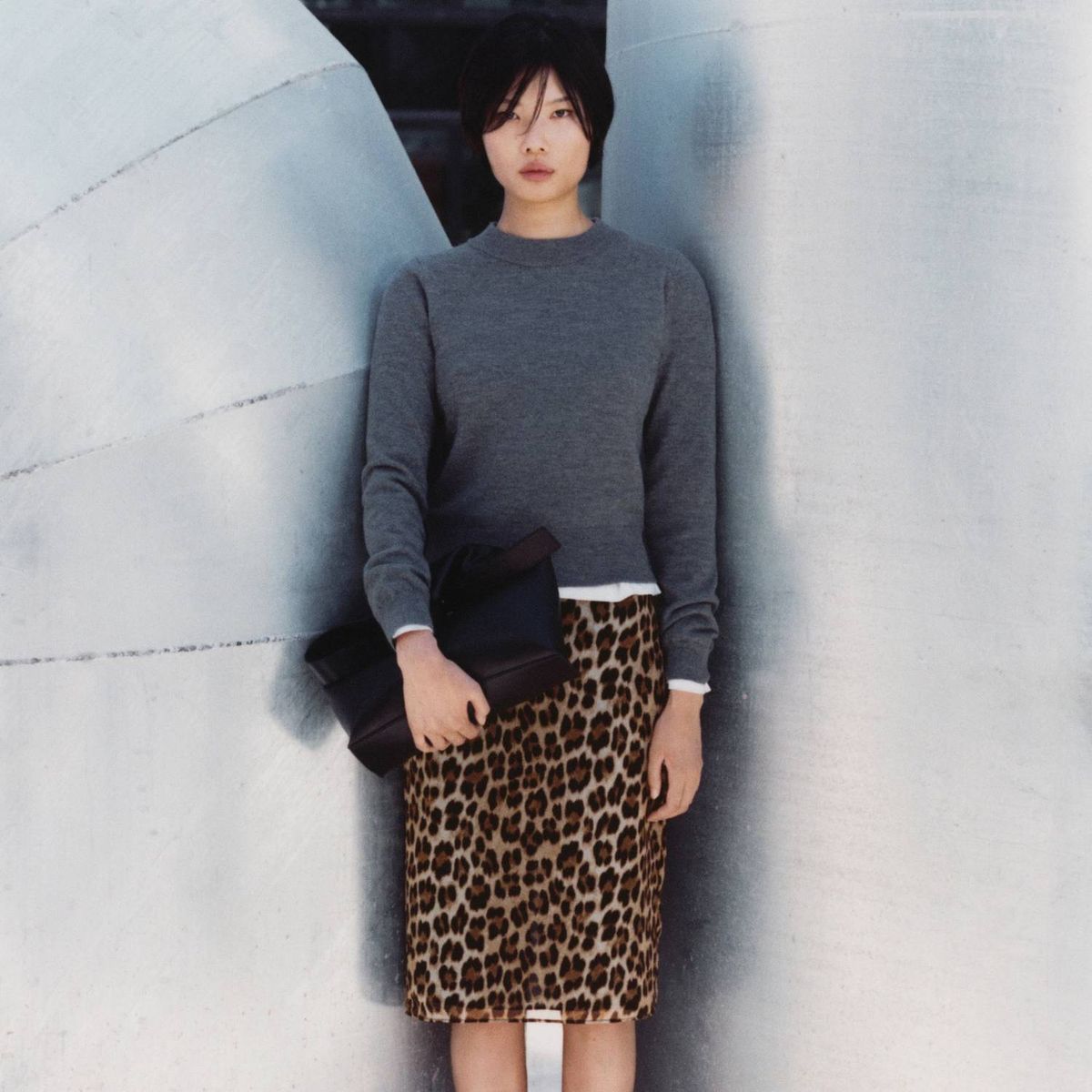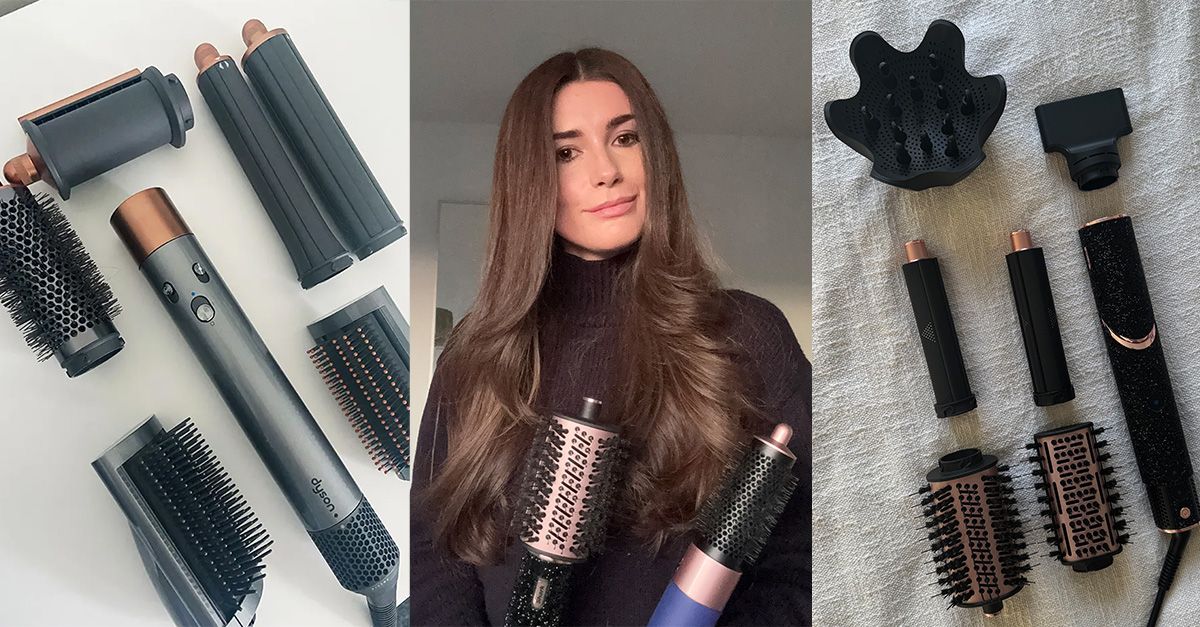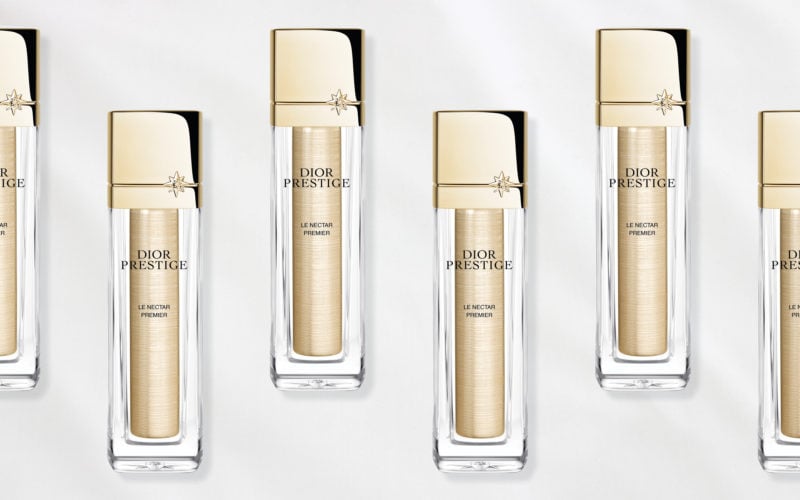“Reverse aging, from my perspective, means closing the gap between how we feel and how we look.”
“Aging can be frustrating and intimidating,” says Dr. Patricia Ogilvie, scientist, dermatologist and founder of Munich’s Skin Concept. “It also happens to be fascinating from a scientific standpoint.” Ogilvie was one of a handful of globally renowned skincare and scientific research experts in attendance at a conference hosted by Dior in the south of France to present the brand’s newest launch, Dior Prestige Le Nectar Premier.
RELATED: Dior Debuts a Dreamy Spa at Hôtel Du Cap-Eden-Roc + More Beauty News
The breakthrough formula is a massive undertaking, not only because it’s the brand’s first serum that’s able to address all three visible dimensions of skin aging (volume loss, texture changes and discoloration) but because it’s backed by research conducted by Dior’s Reverse Aging board, which includes experts in the fields of dermatology, life sciences and even psychology. In a recent 5,000-person study about age perception, Dior Science found that 80 per cent of men and women aged 18 to 80 fully accept their age. Better yet, 95 per cent of participants said they feel younger than they are. “This speaks to the progress that science and medicine have made,” says Ogilvie.
Even so, 97 per cent of participants revealed that if given the opportunity, they would choose to be — not just look — younger. Ogilvie says this is due to a growing discrepancy between chronological age (how old you are) and biological age (how old your cells are), especially for women. “As a dermatologist, I meet women every day who feel younger than the generations before them did at their age,” she says. These patients have enjoyed great accomplishments and excelled in their careers but tell Ogilvie that they don’t necessarily see this vitality being reflected in their appearance. “Reverse aging, from my perspective, means closing the gap between how we feel and how we look,” says Ogilvie. “Bringing these two elements closer together is empowering.”
Le Nectar Premier is able to stop senescence before it happens, reverting skin to a past version of itself.
Of course, there are two main ways to target — and reverse — signs of aging: injectables and skincare products. In the latter category, Le Nectar Premier specifically targets senescent cells, a relatively recent discovery of cells that are not quite young (that is, dividing and constantly creating new cells) or old (and thus discarded by the body). They exist in a problematic in-between state that speeds up skin’s aging process. “Cellular senescence is an irreversible state in which cells stop performing major functions,” says Dr. Laure Crabbe-Vert, a scientific coordinator at LVMH Recherche. The stressor at the root of senescence is glyoxal, which can be found in food, drinks, pollution and textiles. “It triggers skin cells to release certain molecules, forming an age signal network,” says Crabbe-Vert. “This molecular pathway spreads the message of aging to surrounding cells and amplifies the impact of senescence.”
Le Nectar Premier is able to stop senescence before it happens, reverting skin to a past version of itself. “After a month of use, it’s like the fine lines of the past seven years never existed,” says Virginie Couturaud, Dior’s scientific communications director.
So, what’s the difference between an anti-aging product and a reverse-aging product? “I’ve never liked the term ‘anti-aging,’” says Ogilvie. “It’s a resistance to something that’s inevitable. And it doesn’t fully encompass the opportunities that science provides us with today. By reprogramming the aging process of cells, we can actually make them behave younger. Reverse aging helps people live the period of their life in which they felt the best, for longer.”
It is true, after all, that the skincare industry would cease to exist — let alone grow and expand at its current astonishing rate — if its results were merely skin deep. “When we improve the surface, it goes way beyond the surface,” says Ogilvie. “It has a deep psychological impact.”
This article first appeared in FASHION’s September 2023 issue. Find out more here.















































































